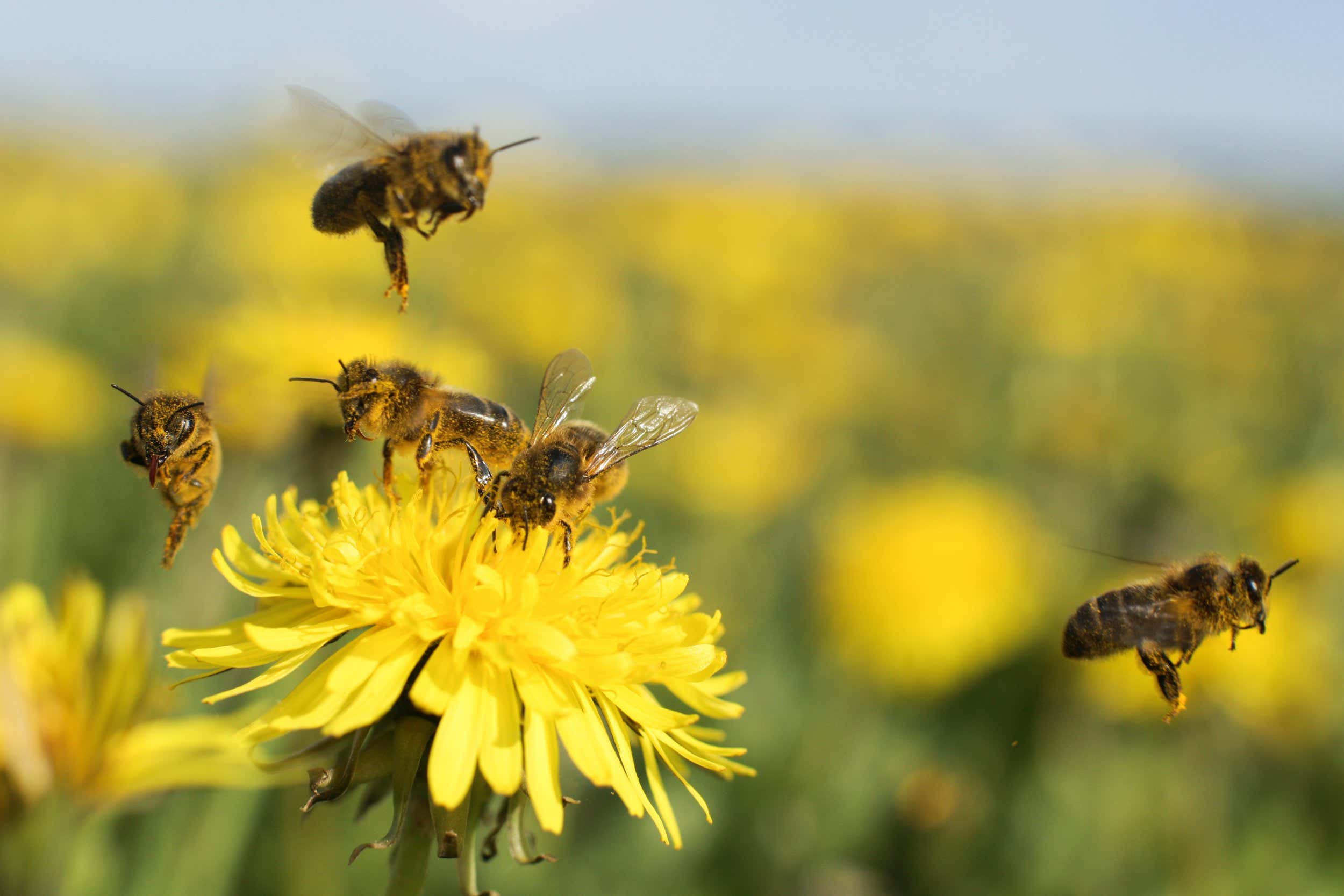Environment
Airborne electric fields similar to those from nearby power lines seem to have a dramatic effect on honeybee foraging, raising concerns about widespread impacts on pollinators

Honeybees may use an electric sense to locate nectar-rich flowers
proxyminder/Getty Images
Electric signals from power lines discourage bees from landing on nearby flowers, and there is growing concern that this so-called “electric pollution” could be causing widespread disruption to insect behaviour.
Alongside bumblebees, honeybees have been shown to detect and respond to airborne electric fields – which are often caused by static electricity in the natural world – detected through hairs or antennae. Research has shown that honeybees use electro-reception as a form of communication, and both honeybees and bumblebees are thought to use it to locate nectar-rich flowers.
More from New Scientist
Explore the latest news, articles and features























